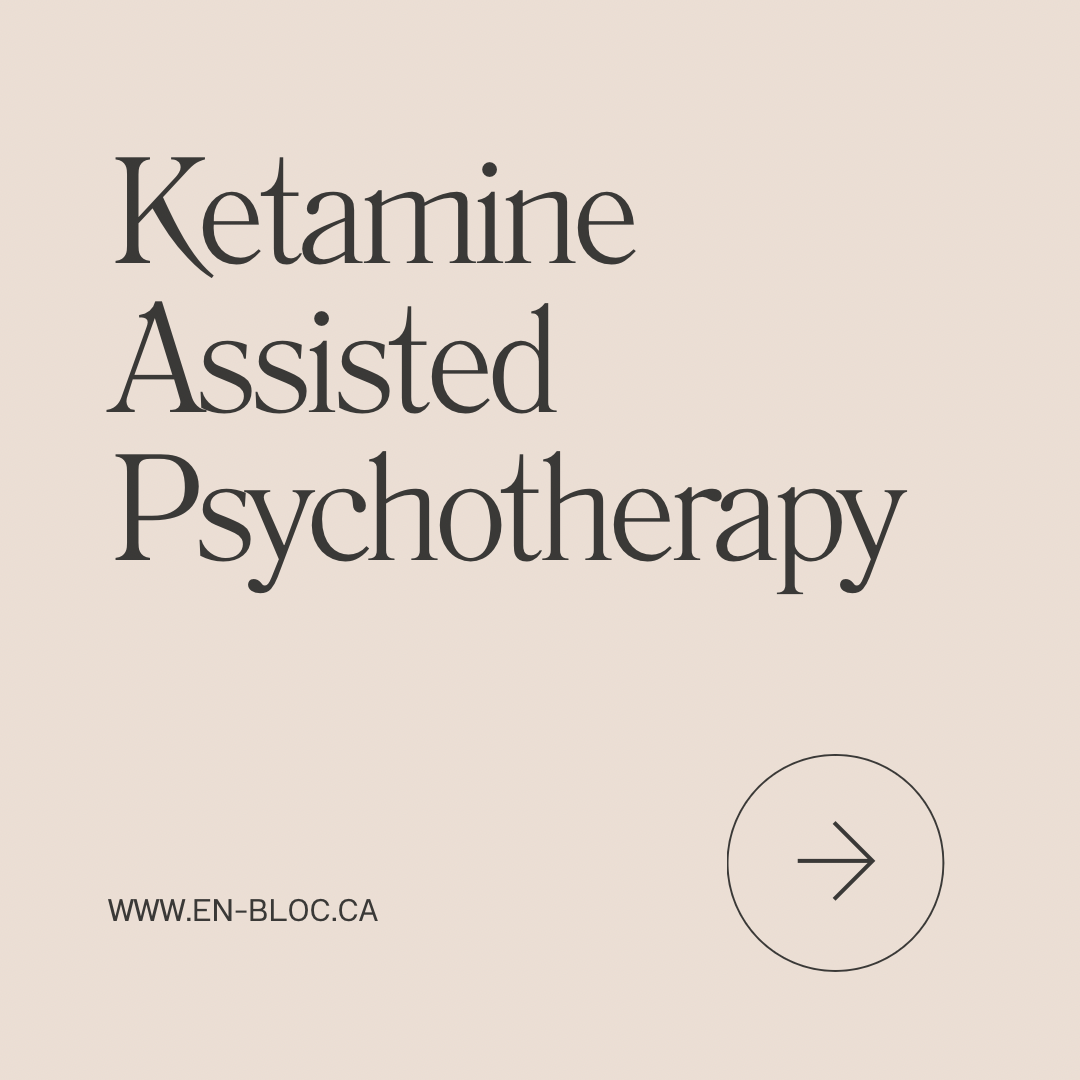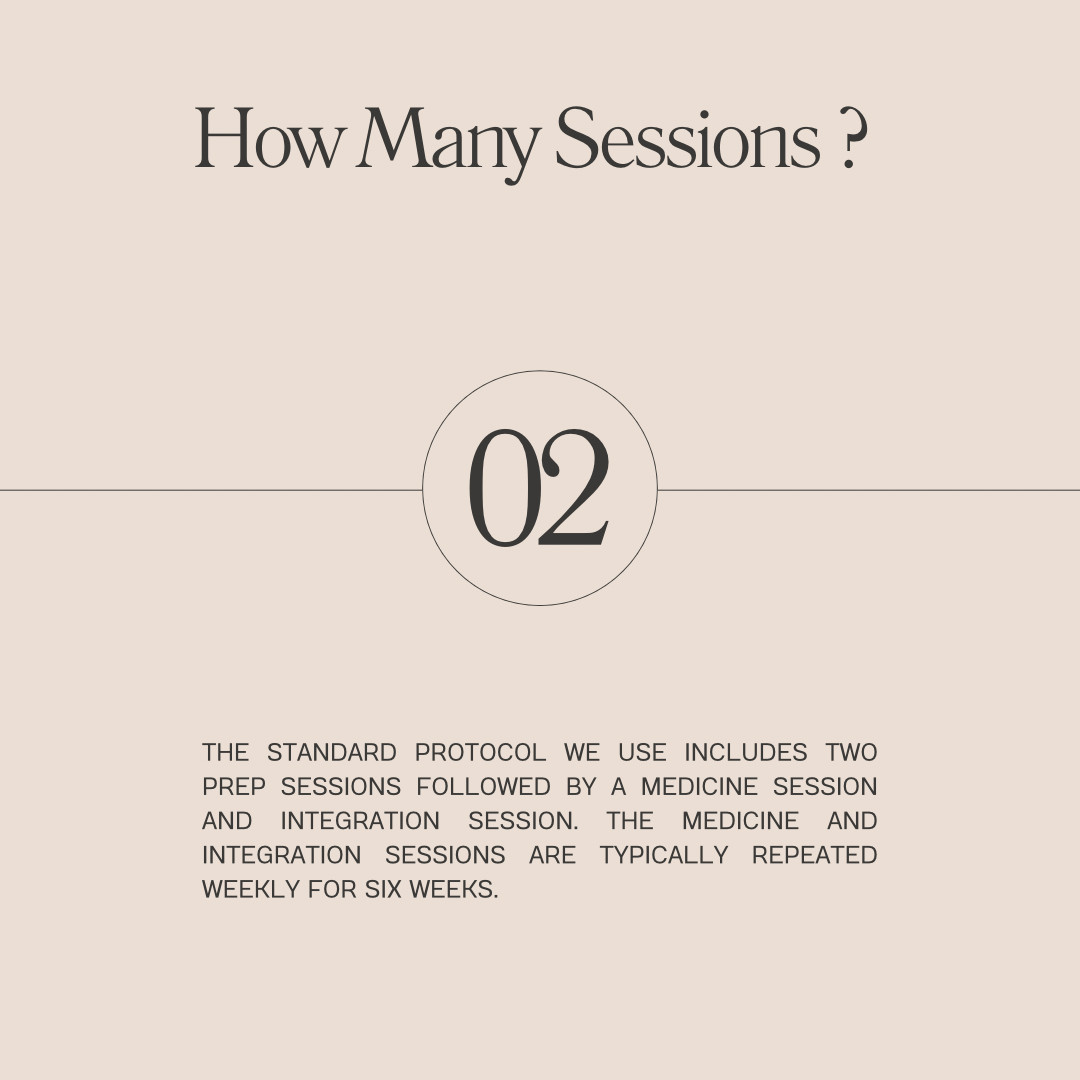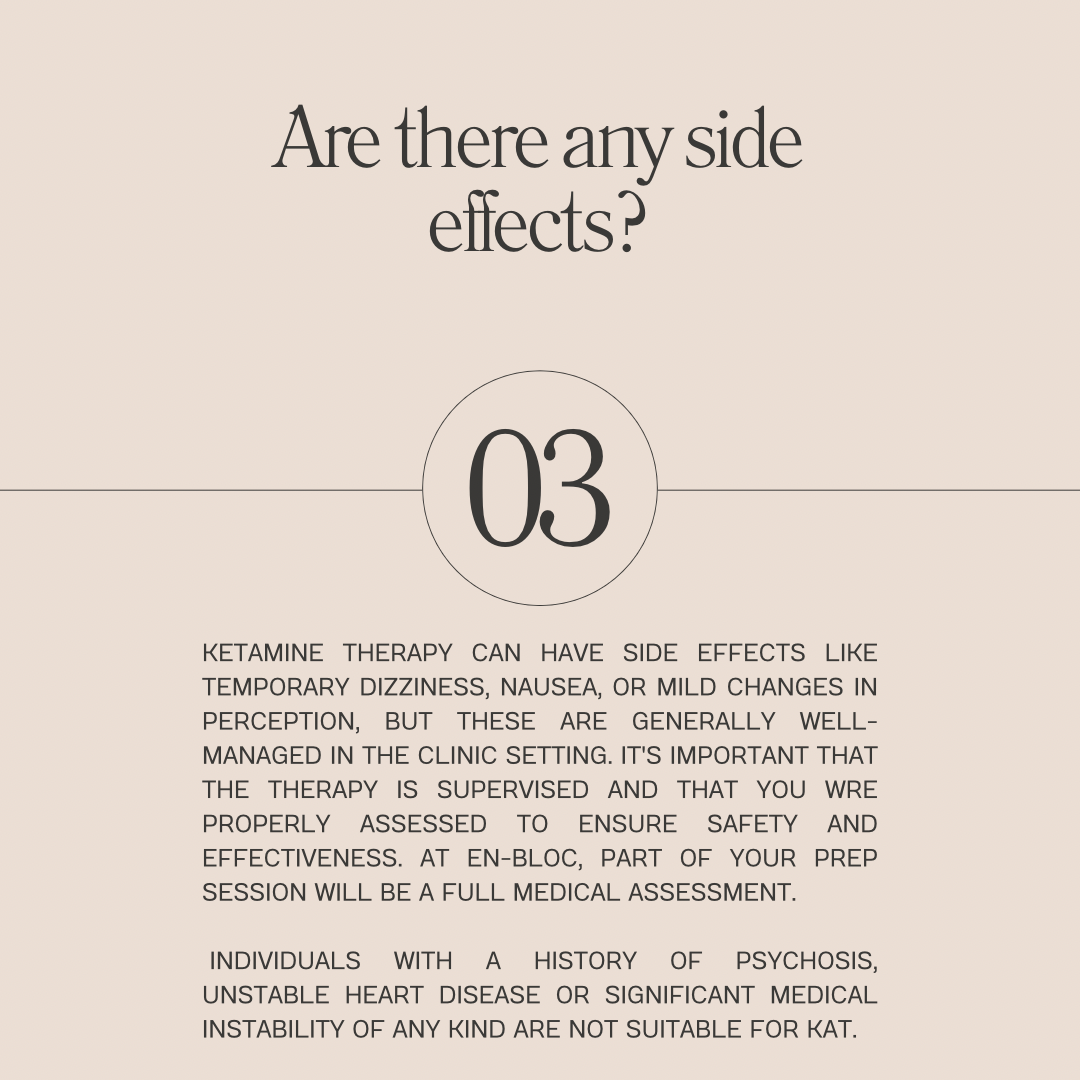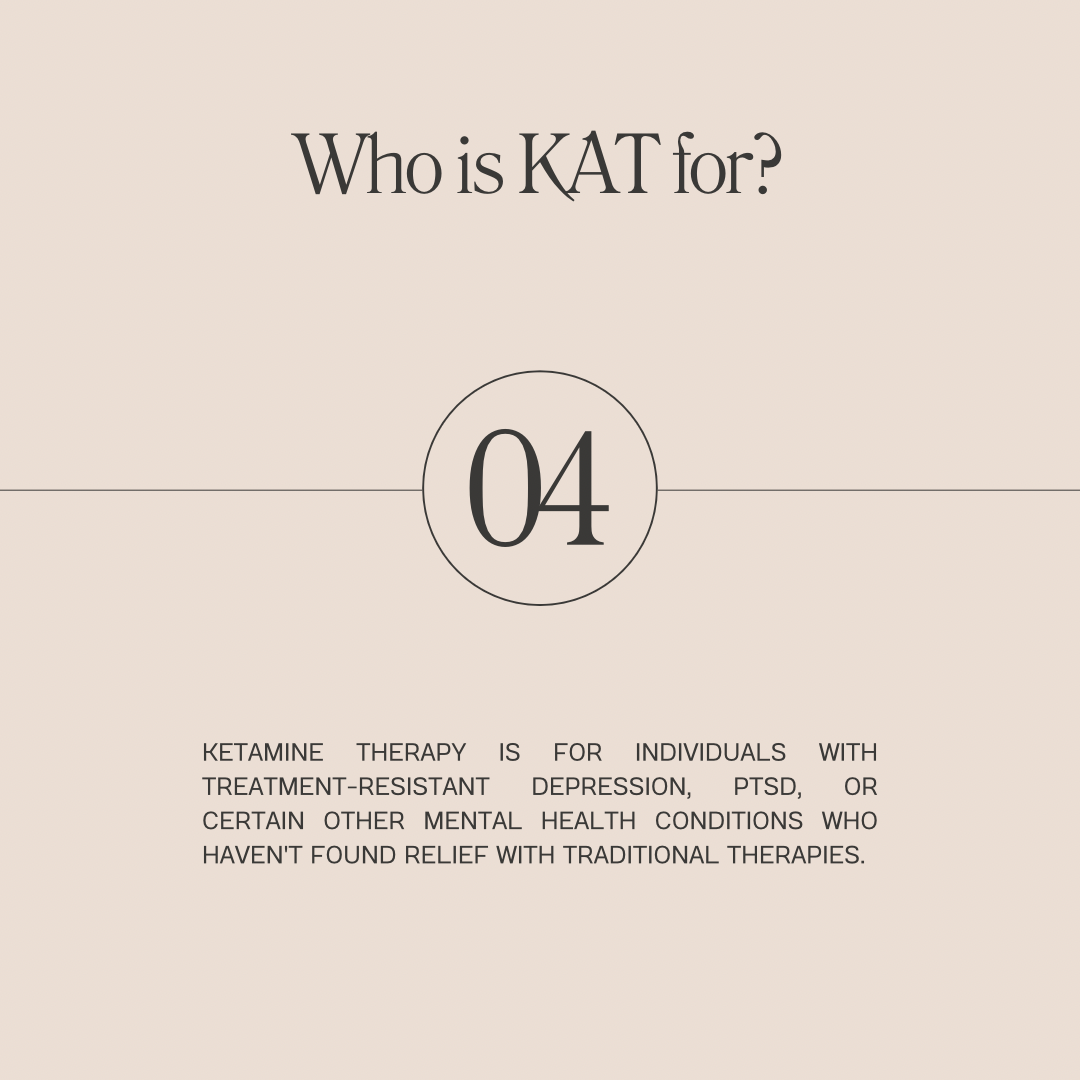Overview of Ketamine Assisted Psychotherapy
Ketamine Assisted Psychotherapy (KAP) is a form of mental health treatment that combines the administration of ketamine, a dissociative anesthetic, with psychotherapy sessions. This innovative therapy has gained attention for its potential to treat various mental health conditions, particularly those that are resistant to traditional treatments.
Who is Ketamine Assisted Psychotherapy For?
Individuals with Treatment-Resistant Depression (TRD):
Effectiveness: KAP can be particularly effective for those who have not responded to multiple traditional antidepressant medications.
Fast-acting: It can provide rapid relief from depressive symptoms, often within hours or days.
Patients with Post-Traumatic Stress Disorder (PTSD):
Symptom Relief: KAP can help reduce the intensity and frequency of PTSD symptoms.
Therapeutic Support: The altered state of consciousness can enable patients to process traumatic memories more effectively.
Individuals with Anxiety Disorders:
Anxiety Reduction: Patients with generalized anxiety disorder (GAD) or social anxiety disorder (SAD) may benefit from the anxiolytic effects of ketamine.
People Suffering from Chronic Pain:
Pain Management: KAP can help manage chronic pain conditions, especially when traditional pain management strategies are insufficient.
Individuals with Substance Use Disorders:
Addiction Treatment: Emerging research suggests that KAP can help reduce cravings and relapse rates in individuals with substance use disorders.
Who is Ketamine Assisted Psychotherapy Not Appropriate For?
Individuals with Uncontrolled Hypertension:
Risk of Complications: Ketamine can increase blood pressure, posing a risk for those with uncontrolled hypertension.
People with a History of Psychosis:
Exacerbation of Symptoms: KAP might exacerbate symptoms in individuals with schizophrenia or other psychotic disorders.
Those with Severe Cardiovascular Disease:
Medical Risk: The cardiovascular effects of ketamine could pose serious risks for those with significant heart disease.
Pregnant or Nursing Women:
Lack of Safety Data: There is insufficient evidence on the safety of ketamine use during pregnancy and breastfeeding.
Individuals with Certain Substance Use Issues:
Potential for Abuse: Since ketamine has addictive potential, it may not be suitable for individuals currently struggling with certain types of substance use disorders, particularly those involving substances with high abuse potential.
What to Expect from Ketamine Assisted Psychotherapy
Pre-Treatment Assessment:
Medical and Psychiatric Evaluation: A comprehensive evaluation to determine if KAP is appropriate, considering the patient's medical history, psychiatric history, and current medications.
Treatment Sessions:
Setting: Administered in a controlled, clinical environment to ensure safety.
Administration: Ketamine can be administered in our clinic through intramuscular (IM) injection, oral tablets, or nasal spray.
Monitoring: Patients are closely monitored by a Nurse Practitioner for any adverse effects during the session.
Psychotherapy Integration:
Guided Sessions: This is a critical component of the process and involves a therpist guiding the patient through their experiences during and after ketamine administration.
Processing Experiences: Sessions focus on integrating the insights gained from the ketamine experience into the patient's everyday life and therapeutic goals.
Post-Treatment Care:
Follow-up: Regular follow-up sessions to monitor progress and make any necessary adjustments to the treatment plan.
Support: Ongoing support to ensure the benefits of therapy are maintained and any potential side effects are managed.
Ketamine Assisted Psychotherapy offers a promising option for individuals struggling with severe and treatment-resistant mental health conditions. However, it is crucial to undergo a thorough assessment to ensure its suitability and to have the therapy administered and monitored by qualified healthcare professionals. The combination of ketamine’s rapid symptom relief and the therapeutic process can offer substantial benefits, improving the quality of life for many patients.




